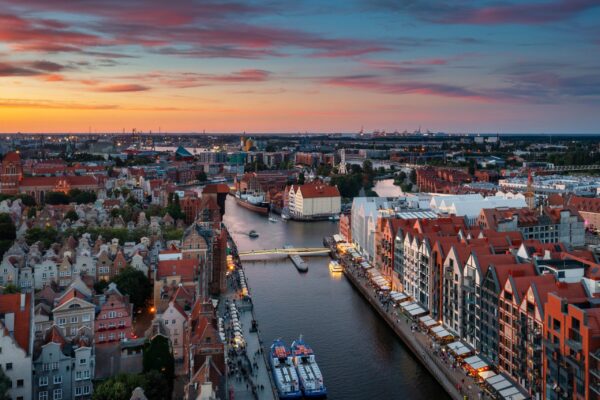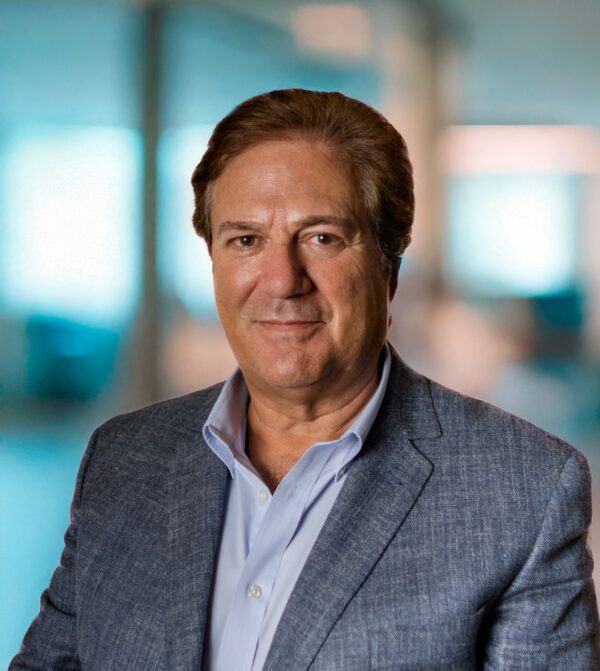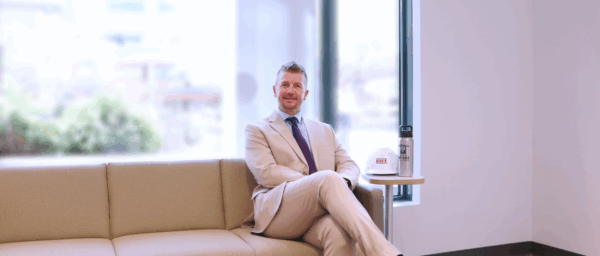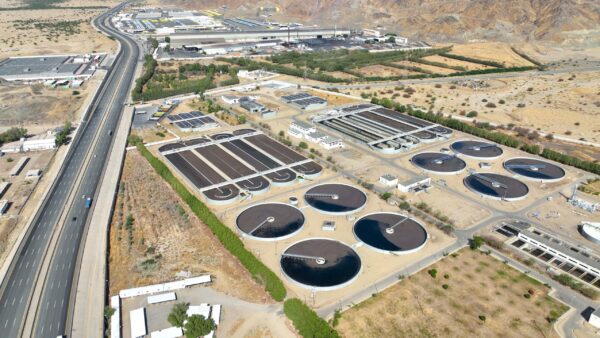
August 27, 2025 | Articles

These are changing times for the oil-rich Persian Gulf states, with commodity prices stubbornly low since early 2015 and little indication of any uptick. As oil prices remain in the $50/barrel range, the impact on the construction sector is too evident to ignore. Be it Saudi Arabia, Qatar, or the UAE, there has been a general slowdown in project activities in both the public and private sectors. Although this scenario is unlikely to change, Dubai hosting an International Exposition (Expo 2020) in three years which will likely boost construction activity. Evidence of that is the Dubai Creek Harbour Development.
Emaar Properties is the developer that recently awarded Hill International a one-year, $7.6 million contract to provide program management services. Emaar has yet to formally announce the planned investment for the project, but several in the industry estimate it will likely be in excess of $5 billion. The Dubai Creek Harbour Development, which will be built in stages, will feature 113 million square feet of gross floor area, and will include residential developments, services apartments, villas, branded hotels and a lifestyle retail district.
The development is comprised of nine districts with a 30-year phased build-out. Emaar estimates building 2,000 units each year over the next five years. Key structures will include a tower exceeding the height of Burj Khalifa (currently the world’s tallest), a mega retail district, a sanctuary development with exclusive villas and a canal district. “Dubai Creek Harbour Development is indicative of Dubai’s construction resurgence,” said Mohammed Al Rais, Regional President (Middle East) Hill International. “Its marquee structures, high-end amenities and ambitious growth plan will support Dubai’s business and tourism growth for many years to come,” he added.
The location of the project – sitting abreast the Ras al-Khor wildlife sanctuary that has been home to about 450 animal species – will also add grandeur to the planned development. “As Dubai Creek Harbour develops, this sanctuary will remain sacrosanct and bring a message of sustainable biodiversity to new generations,” according to Emaar’s website, adding that the project will be both a financially viable and an ecologically responsible city, built with future generations in mind, using every innovation to minimise its environmental impact.
Leading global broadcasting network, CNN, recently reported on a planned high-rise at Dubai Creek Harbour that will compete head-on with the Jeddah Tower that is currently under construction is neighboring Saudi Arabia. “The race to the top has just gotten tighter, with two rising mega-towers in the Middle East battling to become the world’s tallest,” the news agency said, noting that construction now begun on The Tower at Dubai Creek Harbor, with completion scheduled ahead of Dubai’s Expo 2020 world fair. “Piercing through a canopy of clouds, The Tower, at 3,045 feet, aims to take the title of world’s tallest tower, which the 2,723 feet-tall Burj Khalifa, also in Dubai, has held since 2010. But it’s got competition. The Jeddah Tower at 3,307 feet is also slated to finish in 2020,” the CNN report said.
Emaar has already started ground work on The Tower, with its award of the design contract to the Swiss-Spanish architect Santiago Calatrava Valls. The Tower will feature The Pinnacle Room – an observation point offering 360-degree views of the emirate – and public vertical gardens, while 18 to 20 floors have been reserved for homes, restaurants, shops and a boutique hotel. “If construction runs on schedule, this $1 billion tower will have been built in just three years [by 2020], CNN said.
Given its proven track record and reputation, Emaar will likely make fast progress with the Dubai Creek Harbor and its iconic Tower. Other developers in Dubai that had put mega projects on the backburner since the 2008 property market crash, have now started to revisit the old planned developments, the Middle East Economic Digest Projects said in an early July report. Before the property market crashed, Dubai was busy starting work on projects beyond the Jebel Ali port that would have extended the city all the way down towards its border with Abu Dhabi. “The two largest projects were Nakheel’s Dubai Waterfront and Limitless’ Arabian Canal. Since then, there has been little construction activity on either project.
Developers tended to focus on projects within master planned developments that were already established and presented little in the way of infrastructure risk for investors,” MEED Projects said. That scenario has now changed with Nakheel tendering infrastructure works for the Madinat al-Arab at Dubai Waterfront, which is a district for third-party developers to build properties along the emirate’s last stretch of natural coastline. Many of these plots were sold before 2008. If all goes as planned, once the infrastructure is complete, building work in the area should follow, the report noted. The upcoming Dubai Expo 2020 will also bring many new project activities. The Expo 2020 site is the immediate focus for development with about $3 billion worth of construction contracts to be awarded this year for the thematic districts, and a range of other contracts have been tendered for work on a retail centre, interchanges and the main pavilions.
The Middle East’s construction industry has a reputation to defend. The emirate is viewed as always being ahead of the curve, never stopping short of unveiling iconic developments. The past few years were an exception, primarily due to low oil prices and the property crash during the global economic meltdown of 2008. That’s changing again and given its prime position in the Middle East, Dubai’s success in garnering investments will also present itself with new opportunities for Hill International as well.
Share

August 27, 2025 | Articles

August 12, 2025 | Articles
Hill Welcomes Ben Schwenk as Senior Vice President in the Kingdom of Saudi Arabia

July 27, 2025 | Articles
The Infrastructure Puzzle: Robert Regalado’s Wholistic Business Development Approach

July 13, 2025 | Articles
Tech-Forward Contracting: A Much-Needed Construction Solution

June 23, 2025 | Articles
Jeffrey Hurley Joins Hill’s Northern California Rail Practice

June 23, 2025 | Articles
Ready, Set, Grow: First VP Chad Koelling Takes Charge of Hill’s Mountain West Region

June 8, 2025 | Articles
PMO in Saudi Arabia: The Holistic Approach to Realizing a National Mega-Portfolio